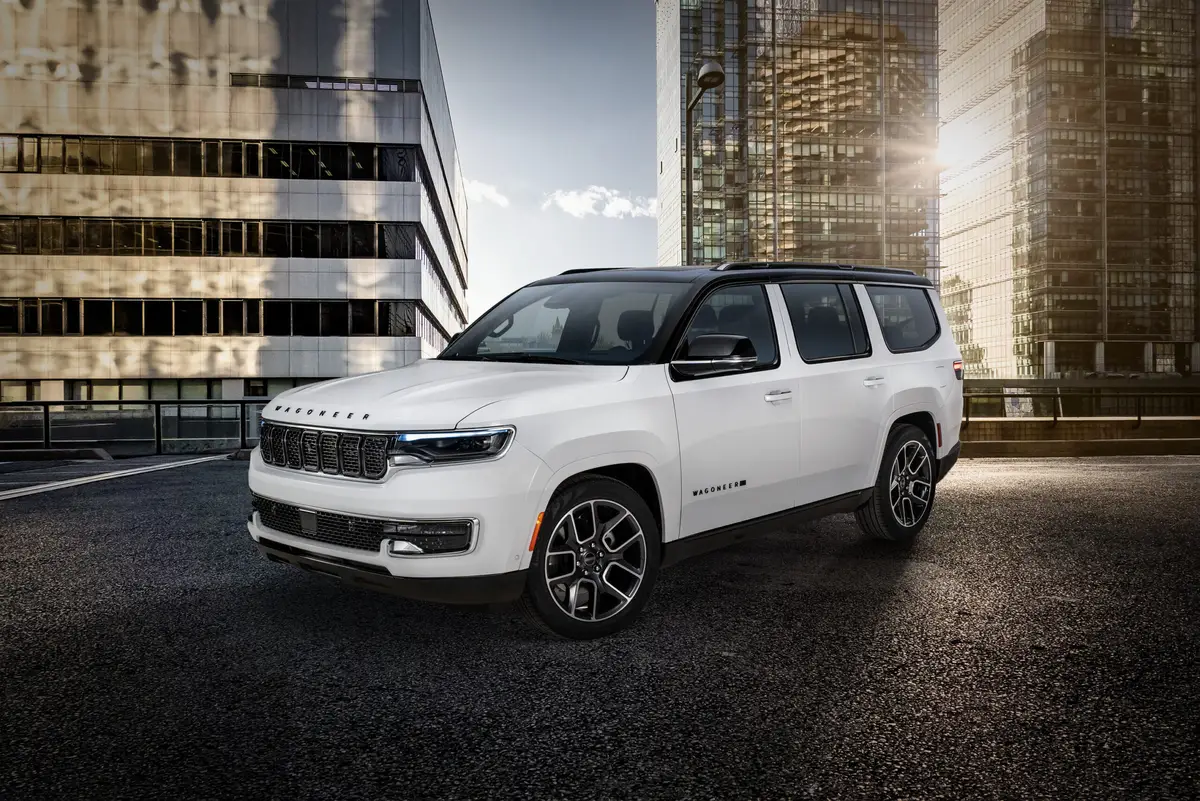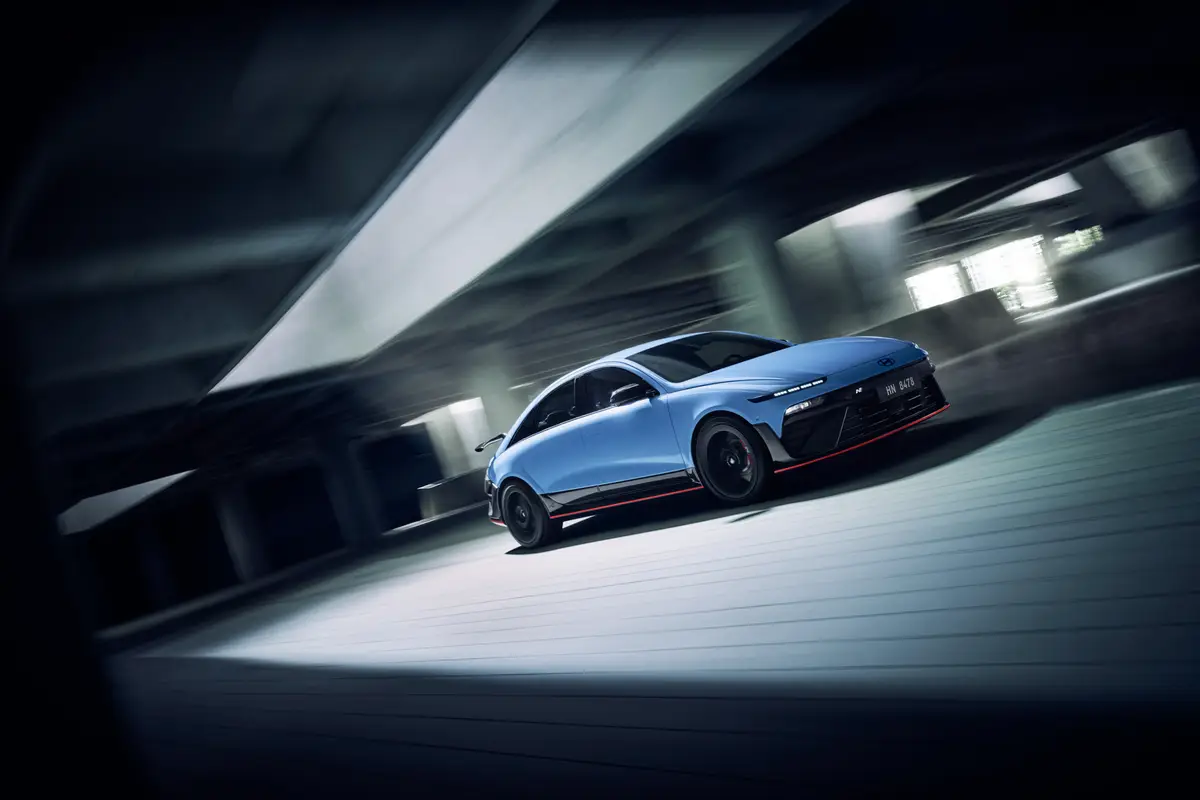Boston.com's view
SALISBURY — How much will people pay for elegance, power, and space in a Volkswagen?
The long rows of 2006 Volkswagen Passats parked by the sea had just been driven out of Boston in morning traffic. They posed a multi-layered condundrum.
The new Passat is, indeed, an elegant, spacious car. It’s sleek, with short front and rear overhangs that accent a long roofline.
As with virtually all Volkswagens, the interior is superbly put together. The test cars I drove had leather, softly textured dash and door appointments, bold touches of wood trim, and subtle chrome accents. The seats were firm, broad, and well-bolstered.
This, the sixth-generation Passat, is three inches longer than its predecessor and two inches wider. And because the company went to a transverse engine mount, interior length is nearly half a foot more spacious. So yes, you do get the feeling of riding in a large, luxurious car.
And you do so surrounded by air bags — including front thorax bags and optional rear thorax bags.
Engine choices include a 197-horsepower, 2.0-liter, 4-cylinder turbo and a 280-horsepower, 3.6-liter V-6. Expect overall gas mileage on these two to range from low-to-mid 20s. The turbo comes with either a six-speed automatic or a six-speed manual transmission, while the V-6 gets the automatic only.
On the road, both cars were smooth, with fairly strong front-wheel-drive torque steer. (4Motion and wagon versions will be coming later.) Highway travel was quiet and swift, although on lesser roads with some chop to them, there was a bit of suspension thump that surprised me. In a nice bit of engineering, an electromagnetic steering system will fix straight-ahead driving for you if winds try to push you side to side.
Also surprising: I found the four-cylinder turbo to be the more responsive engine. I know that deep down in its gut, the V-6 with 265 lb.-ft of hard-pulling torque eventually pulls away from the 207 lb.-ft in the turbo, but I like VWs with sporty, rather than limo-like, driving characteristics. It’s what makes them so much fun.
Maybe I was jaded because I’d just finished more than a week in the new Jetta GLI (full review coming next week) and found it to be a wonderful car.
So there is one layer of our conundrum. But this may be like peeling an onion.
That raises the question of why, unless you’re looking for a bit more interior space, you’d spend the extra cash on the V-6 or even on the Passat over the Jetta that shares the same turbo engine.
And Passat prices (our thickest layer), do skyrocket quickly. The GLI, fully loaded with leather, sports seats, a six-speed Tiptronic transmission, and 18-inch alloy wheels, came in at less than $30,000 (from a base of about $24,000).
The Passats I drove started at $24,000 for the turbo and $29,950 for the V-6. But a stomp on the accelerator of options — for luxury packages that brought leather, aluminum trim, sport suspension, Xenon headlights, navigation, sport seats, and other goodies — brought the turbo up to $31,565 and the V-6 to a whopping $41,915, a lot of money for a Volkswagen, even one as finely designed as this.
In that rare air, VW will be bumping up against or rolling right by Mercedes-Benz, Audi, BMW, Acura, Lexus, Infiniti, and some fine cars from Chrysler, Dodge, and Cadillac.
An odd spot to be in since Ken Davis, production manager for the Passat, declared at its Boston introduction that ”We are not a luxury make.”
And Dave Wicks, director of sales for Volkswagen of America, said the new Passat represents ”another wakeup call for the competition.”
The new car is, indeed, a huge leap from the days of forebears known as Dasher and Quantum, but VW may have to wake up potential customers who go somnambulant over the notion of a $42,000 Volkswagen.
Latest news



